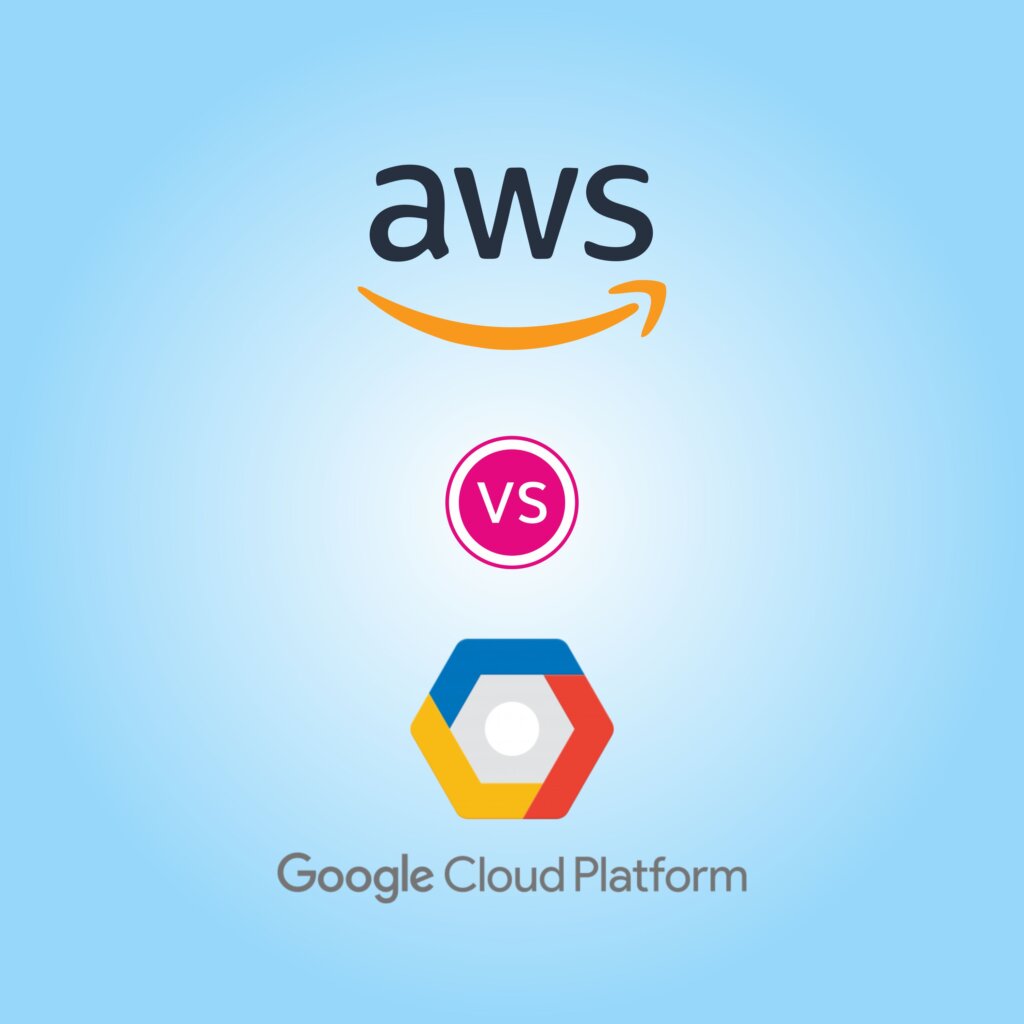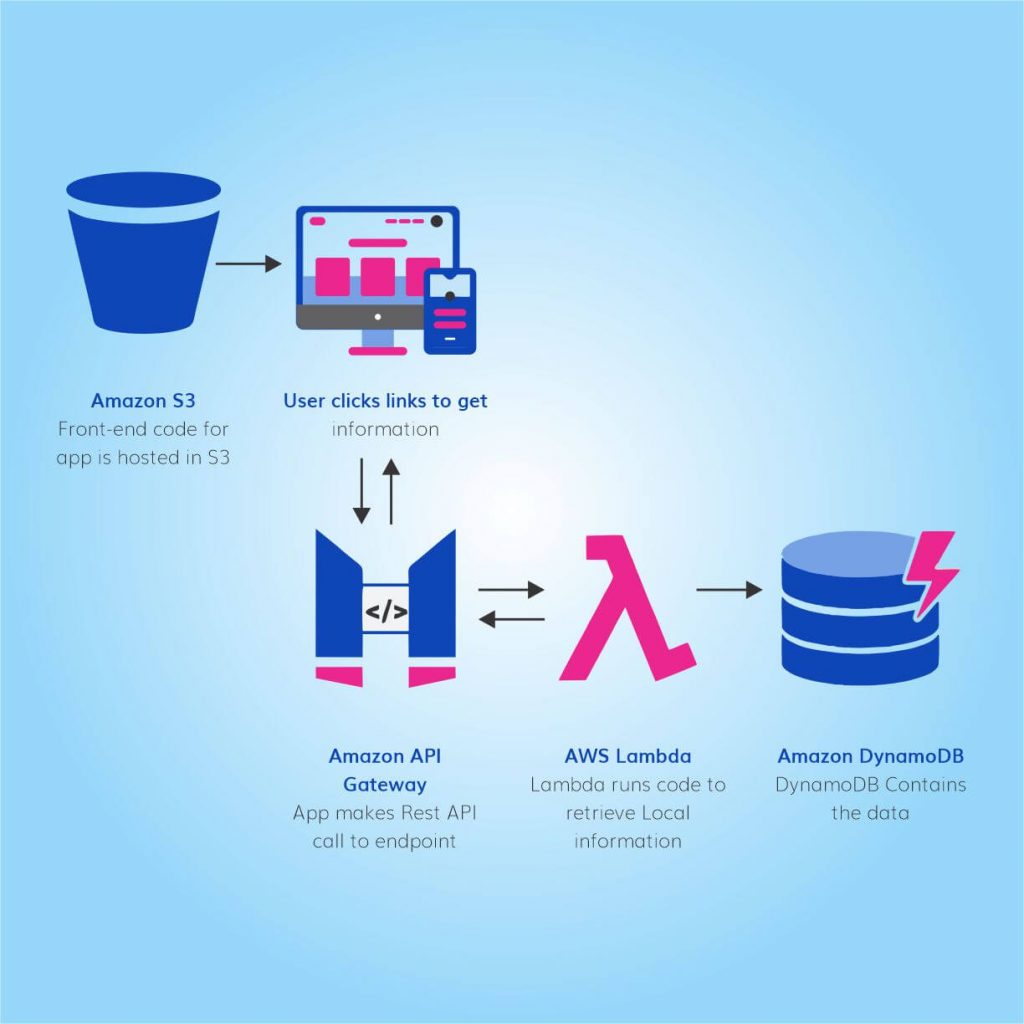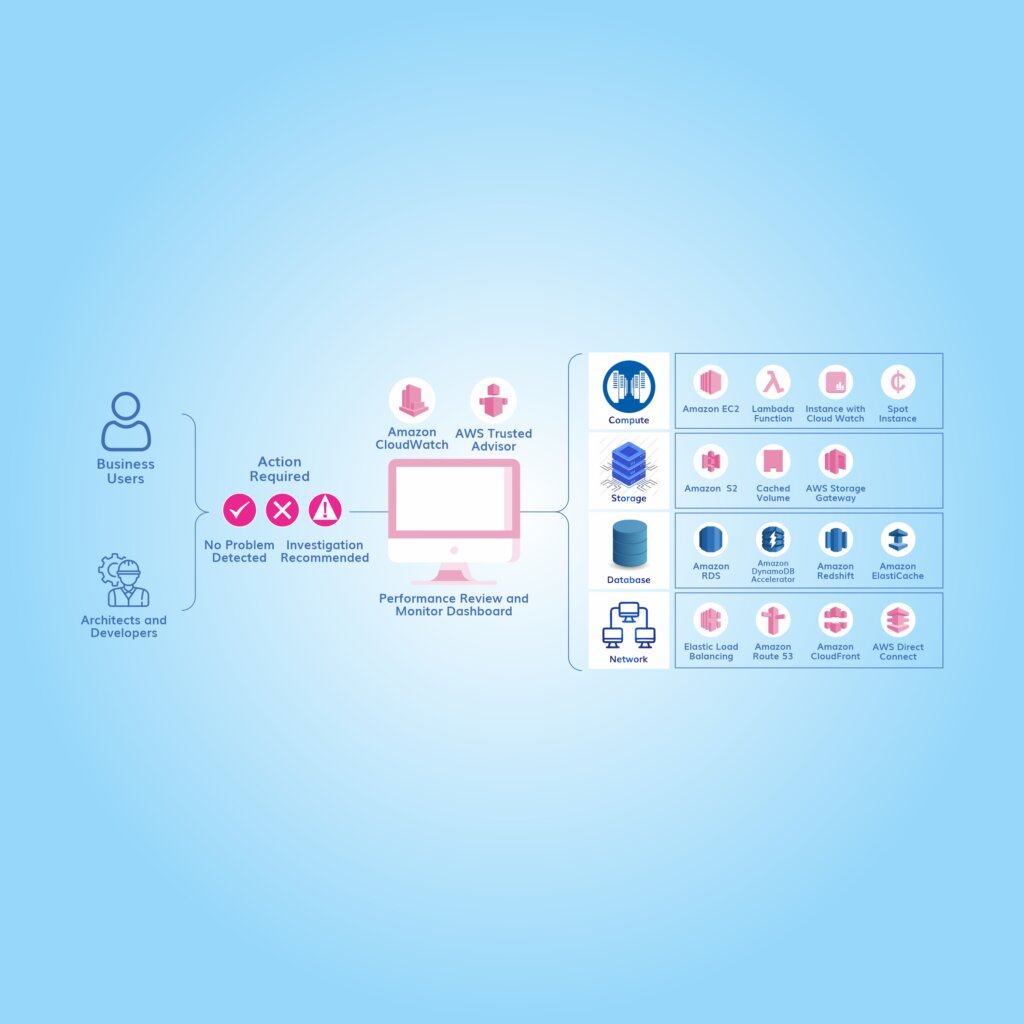A Guide to the Fundamentals of Web Application Architecture
Web applications are being designed and introduced for various purposes. i.e., Gaming apps are being designed for entertainment purposes, and Financial and banking apps to track your expenses, incomes, and investments. So, identifying the end user’s actual need, the app owners are introducing the new-edge web and mobile applications o accordingly.
However, have you ever wondered what it takes to build such applications? So let me get you through the fundamentals of web application architecture to understand how these applications are introduced.
An Introduction to the Web Application
Web application architecture is a blueprint of concurrent interactions between databases, middleware systems, user interfaces, components, and servers in the application. Understanding the nature of the application and its usage, technologies, frameworks, and languages are used to develop web applications. The web application development process consists of multiple steps and stages.
Since developing web applications is a complex job, a team of developers works on large-scale projects. The team consists of experts who develop different components of web applications. One needs to understand those components to learn more about web application architecture.
Web Application Components
As stated, web applications consist of multiple components to serve the purpose of their existence. Every web application is designed to serve pre-defined purposes, and the components depend on the apps’ goals. Broadly, web application components fall under two categories: client-side and server-side.
-
UX and UI (Client Side)
The client-side elements of the web applications are UI (User Interface) and User Experience (UX). The interface is what you see when you open an application. On the other hand, user experience depends on the interactive components of the apps. For example, a web application may come with multiple tools for performing various tasks. Therefore, you need to use those tools and interact with the applications.
-
Structural Components (Server Side)
The server-side components are structural components of web applications. For example, the structural components include database storage, server control tools, etc. Therefore, the developers must build client-side and server-side components separately to develop a seamless and powerful web application.
Web Application Architecture Types
Web application architecture can be divided into two types: front-end and back-end. Learn more about them in the following section.
-
Front-end
- Single Page Applications: Recently, single-page applications have become a lot more popular. A webpage takes time to load, which negatively impacts the user experience. The single-page apps load quickly, and thus the user experience improves drastically.
- Server Side Rendered (SSR) Apps: Such applications render client-side JS frameworks to HTML on the server-side. The process happens quickly to ensure a seamless user experience. The server-side can compile information and serve a new HTML document on every query request.
-
Back-end
- Serverless Architecture: As the name implies, such an architecture does not include any servers. However, third-party providers play a significant role in this entire architectural infrastructure.
- Microservices: It is described as a service-oriented architectural model. This service-oriented architecture is lightweight. Moreover, developers can use any programming language to develop a web application architecture.
Web Application Architectural Models
Every web application has been developed on specific models to meet the requirements of the end-users. The developers choose the right model to develop the web application by understanding app owner’s requirements and the application’s actual purpose.
-
One Database, One Web Server
The simplest web application architecture model is “One Database, One Web Server.” In this model, developers use only one database web server for developing the application. The drawback of a single web server is a poor user experience due to server downtime.
-
One Database, Multiple Web Servers
As the name implies, the model includes multiple web servers. The developers use a minimum of two web servers for this web application architecture. Such an application architecture offers a seamless user experience. If one server is down, the other server will keep working to provide an effortless and uninterrupted user experience.
-
Multiple Databases, Multiple Web Servers
Such an architectural model is appropriate for developing professional web applications for small and large enterprises. As the name suggests, the model consists of multiple databases. However, you will find two databases in most cases. On the other hand, the application possesses multiple web servers. As a result, such web applications work swiftly without experiencing any downtime.
So, these are the fundamental things to know about web applications. Learning these crucial facts will help you select the right architectural models and components to develop web applications for your business. If you need assistance building a next-gen web application, connect with an industry leader like Technosip to develop a feature-rich web application.
Contact Us
We’d Love to Help You
Get in Touch
- Fill out a request form. Please brief your requirements in-detail. The more we know about your amazing idea, the better we will guide and assist you with project time and resources
- We’ll reach out to you on priority to discuss next steps in the meantime please check out our case studies and insights.
- We look forward to collaborating with you to bring your idea to the market sooner than the traditional route.
Related




